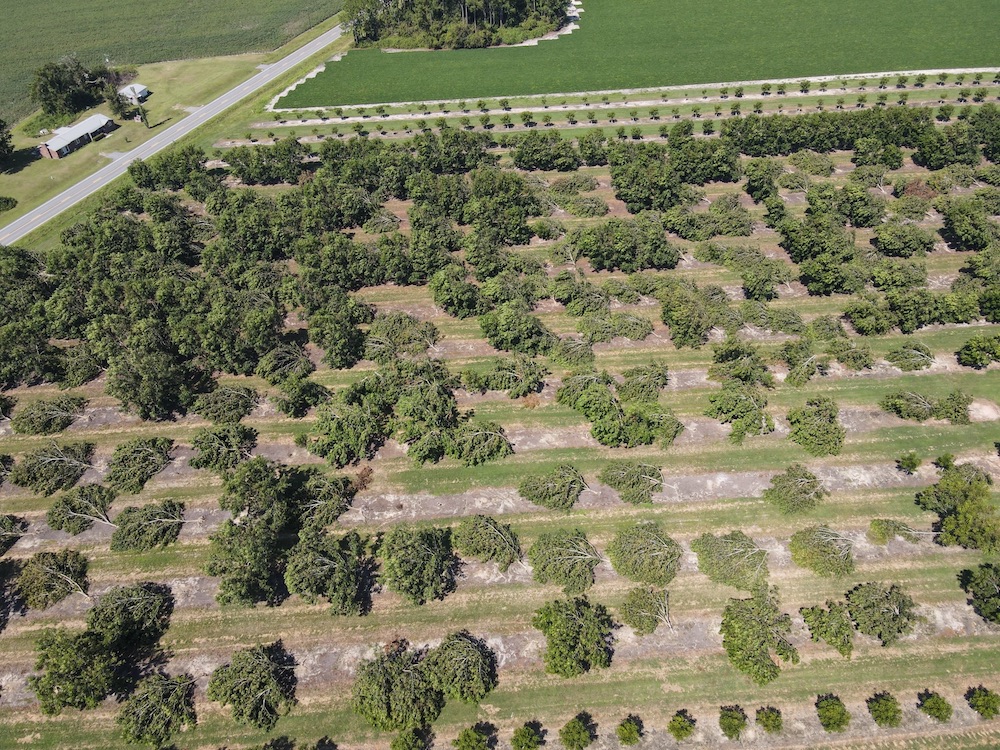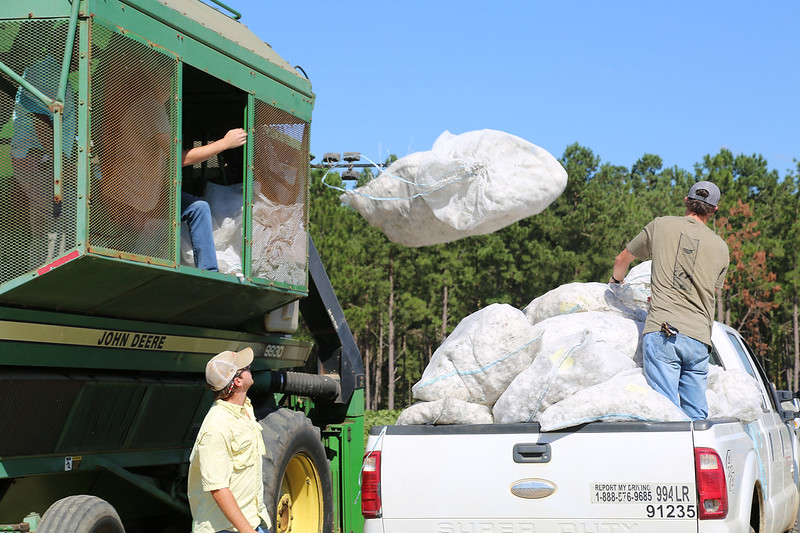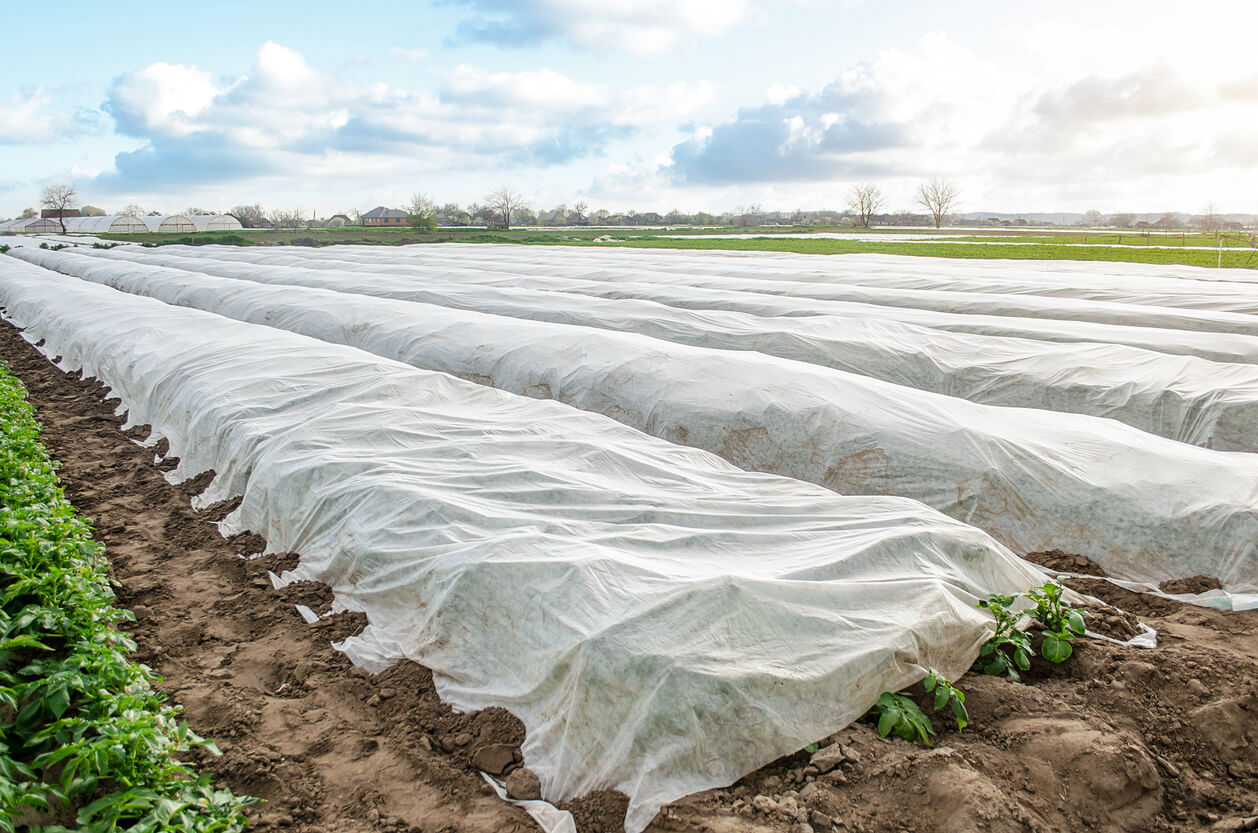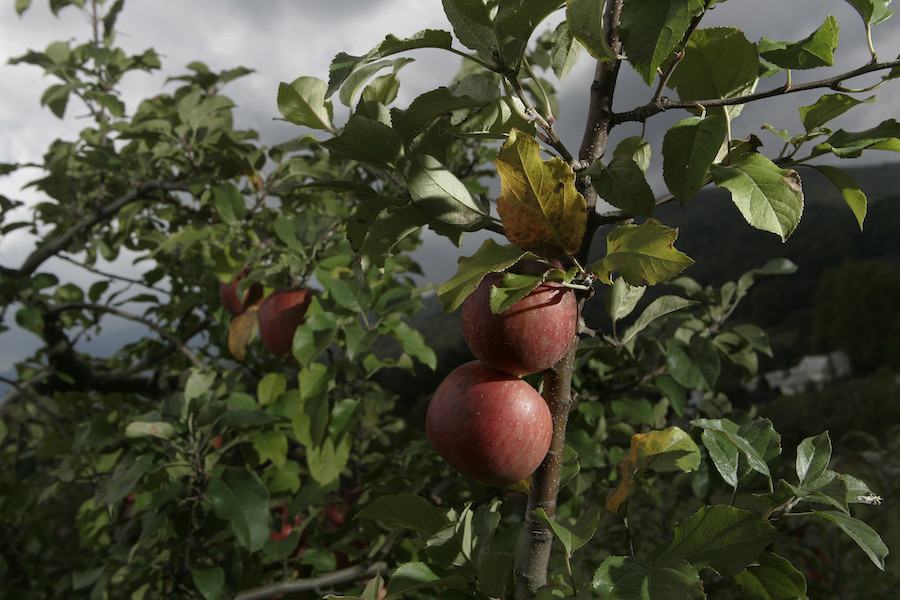Athens, Ga. -- A La Niña watch has been issued by the Southeast Climate Consortium and the state climatologists of Alabama, Florida and Georgia. A watch means that conditions are likely for the development of a full-fledged La Niña event.
The watch will be followed by an official La Niña declaration if development continues in the next one to three months.
The tropical Pacific Ocean is now poised to slip into a full-fledged La Niña. Chances are very good that La Niña conditions will develop, strengthen and persist through the fall and winter months. This follows months of cooler than normal water temperatures near the coast of South America.
La Niña is commonly thought of as the opposite of El Niño. Under La Niña conditions, sea surface temperatures along the equator in the eastern and central Pacific Ocean are a few degrees colder than normal for a minimum of five months. La Niña typically returns every two to seven years.
La Niña conditions usually bring a warmer and drier cool season (October through March) to Florida, central and lower Alabama, and central and south Georgia.
With the arrival of La Niña, there is a good chance that drought conditions, currently ranging from exceptional across much of Alabama and Georgia to moderate in south Florida, will continue and possibly worsen throughout the winter and into next spring.
If below normal rainfall occurs during the cool season, moisture recharge of groundwater, soils, ponds and reservoirs will be limited. Southeastern states depend on water recharge during the cool season.
Farmers who plan to plant winter forage and do not have irrigation capability have a high risk of being seriously impacted by the winter drought.
In addition the risk of increased wildfires should be expected during the winter and spring wildfire season in Florida, south Georgia, and lower Alabama.
The Southeast Climate Consortium has estimated the impacts on climate based on past La Niña events. For central Florida, the probability of normal or above rainfall for January 2008 is only 8 percent. The chance of moderately dry (rainfall amounts from just below normal to half of normal) is 20 percent, and for very dry conditions (less than half of normal rainfall) is 72 percent.
For the Panhandle of Florida, south Georgia, and lower Alabama the probability of normal or above rainfall in January 2008 is 20 percent, for moderately dry 50 percent, and for very dry 30 percent.
More information on the developing La Niña and its potential impacts can be found at www.AgClimate.org and www.CoastalClimate.org.
The Southeast Climate Consortium is a research group aimed at aiding the use of climate forecasts in agriculture, forestry, and water resources. The consortium is a partnership of six universities, The Florida State University, University of Florida, University of Miami, The University of Georgia, Auburn University, and University of Alabama Huntsville.







.jpg)